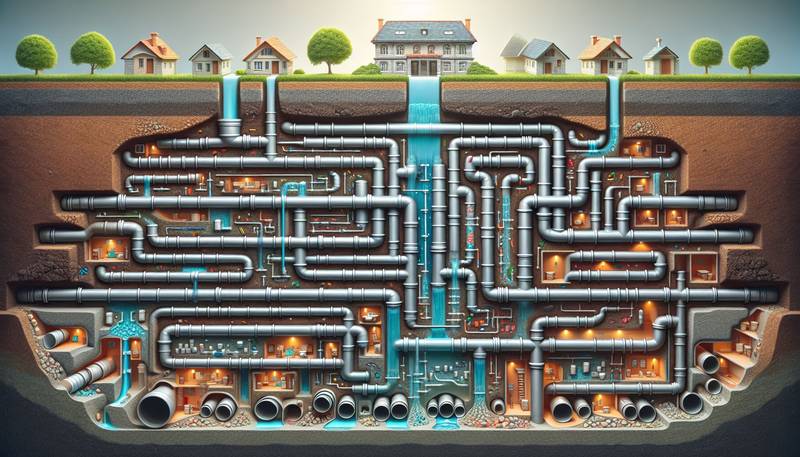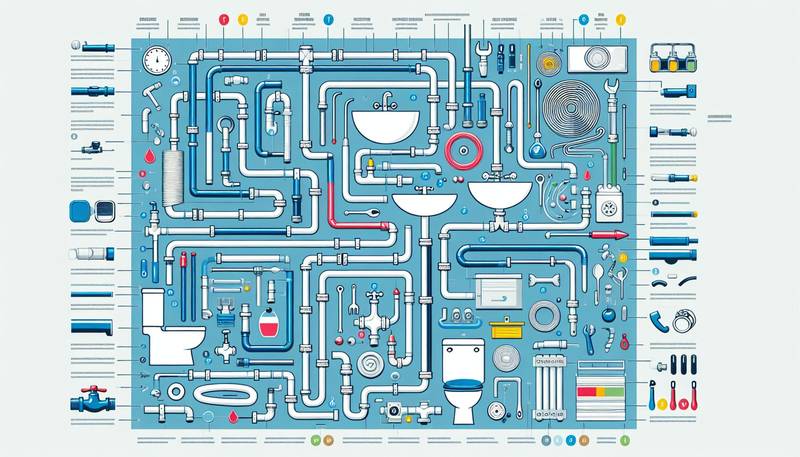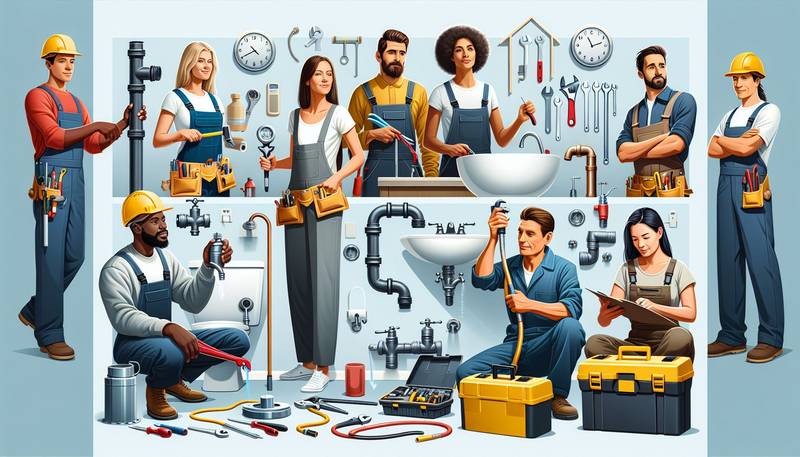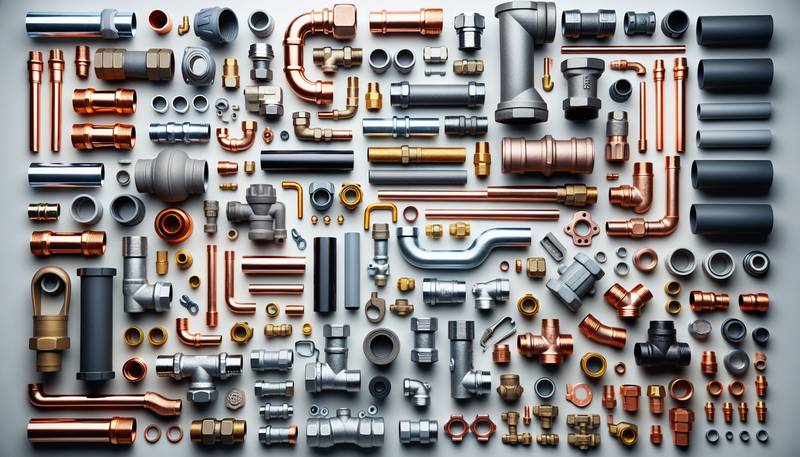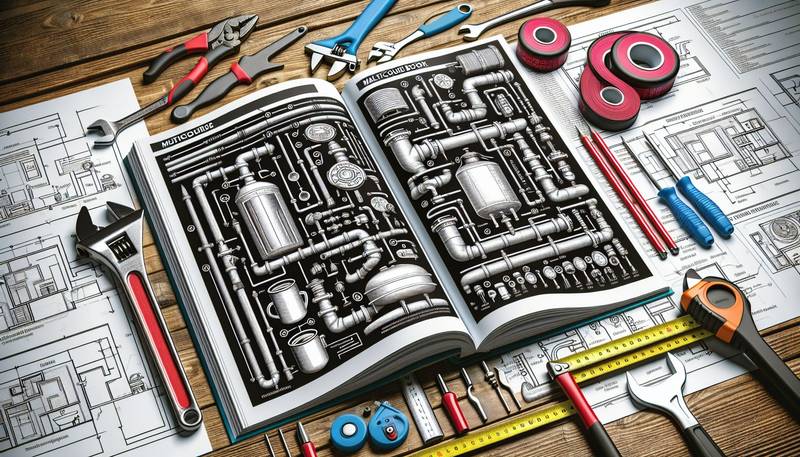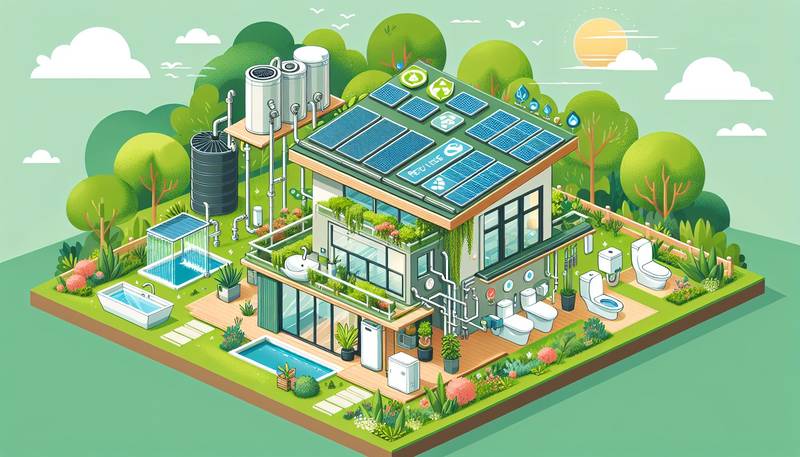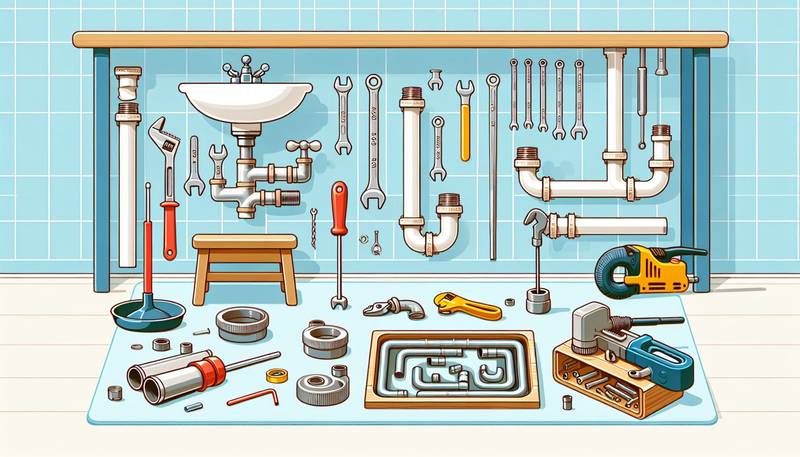Understanding the Basics of Drainage and Sewer Systems
In this article, we will explore the key concepts and components of drainage and sewer systems to provide a comprehensive overview of how they work and why they are important.
The Purpose of Drainage Systems
Drainage systems are designed to remove excess water from a particular area to prevent flooding and water damage. In urban areas, drainage systems are typically composed of a network of drains, pipes, and culverts that collect rainwater and direct it away from streets, buildings, and other structures. Without adequate drainage systems in place, heavy rainfall can lead to water pooling on roads, sidewalks, and yards, causing erosion, property damage, and health hazards.
Types of Drainage Systems
There are two main types of drainage systems: surface drainage and subsurface drainage. Surface drainage systems are designed to collect and remove rainwater from the surface of the ground, typically using gutters, ditches, and storm drains. Subsurface drainage systems, on the other hand, are intended to manage groundwater and seepage below the ground surface, usually through the use of perforated pipes or drainage tiles.
Components of Drainage Systems
Drainage systems consist of various components that work together to manage water effectively. Some of the key components include catch basins, which collect rainwater from surfaces and direct it into pipes; storm drains, which carry water away from low-lying areas; and culverts, which allow water to flow under roads and other obstructions. Additionally, drainage systems may include retention ponds, swales, and other features that help to control and treat stormwater runoff.
The Importance of Sewer Systems
Sewer systems are responsible for collecting and transporting wastewater and sewage from homes, businesses, and other establishments to treatment facilities. Without sewer systems, sewage would accumulate, leading to unsanitary conditions, foul odors, and the spread of disease. Sewer systems play a crucial role in protecting public health and the environment by safely disposing of wastewater and sewage.
Types of Sewer Systems
There are two main types of sewer systems: sanitary sewers and storm sewers. Sanitary sewers are designed to carry domestic and industrial wastewater to treatment plants, where it is cleaned and treated before being discharged into bodies of water. Storm sewers, on the other hand, are intended to collect rainwater and direct it away from urban areas to prevent flooding. In some cases, sanitary and storm sewers may be combined into a single system known as a combined sewer.
Components of Sewer Systems
Like drainage systems, sewer systems are composed of various components that work together to transport wastewater and sewage. Some of the key components include sewer pipes, which carry wastewater from buildings to treatment plants; manholes, which provide access to the sewer system for maintenance and inspections; and lift stations, which help to pump sewage uphill or over long distances. Sewer systems also include treatment plants, where wastewater is purified before being released back into the environment.
Conclusion
Drainage and sewer systems are essential for managing stormwater, wastewater, and sewage in urban and rural environments. By understanding the basics of these systems, individuals can take proactive steps to ensure proper drainage and sanitation on their properties. Whether you are a homeowner, a property developer, or a civil engineer, knowledge of drainage and sewer systems is key to preserving public health, protecting the environment, and preventing water-related disasters.
